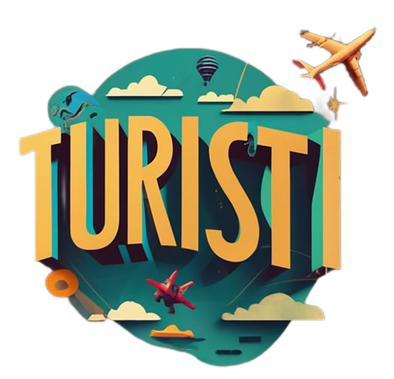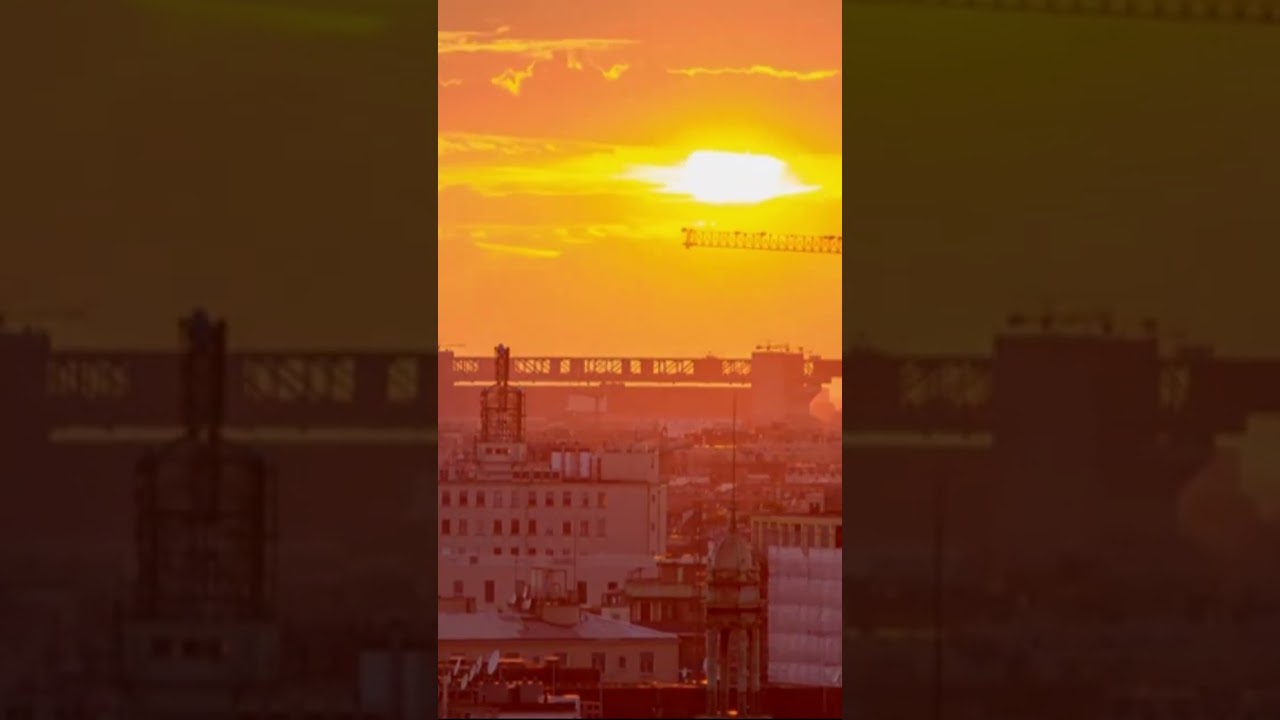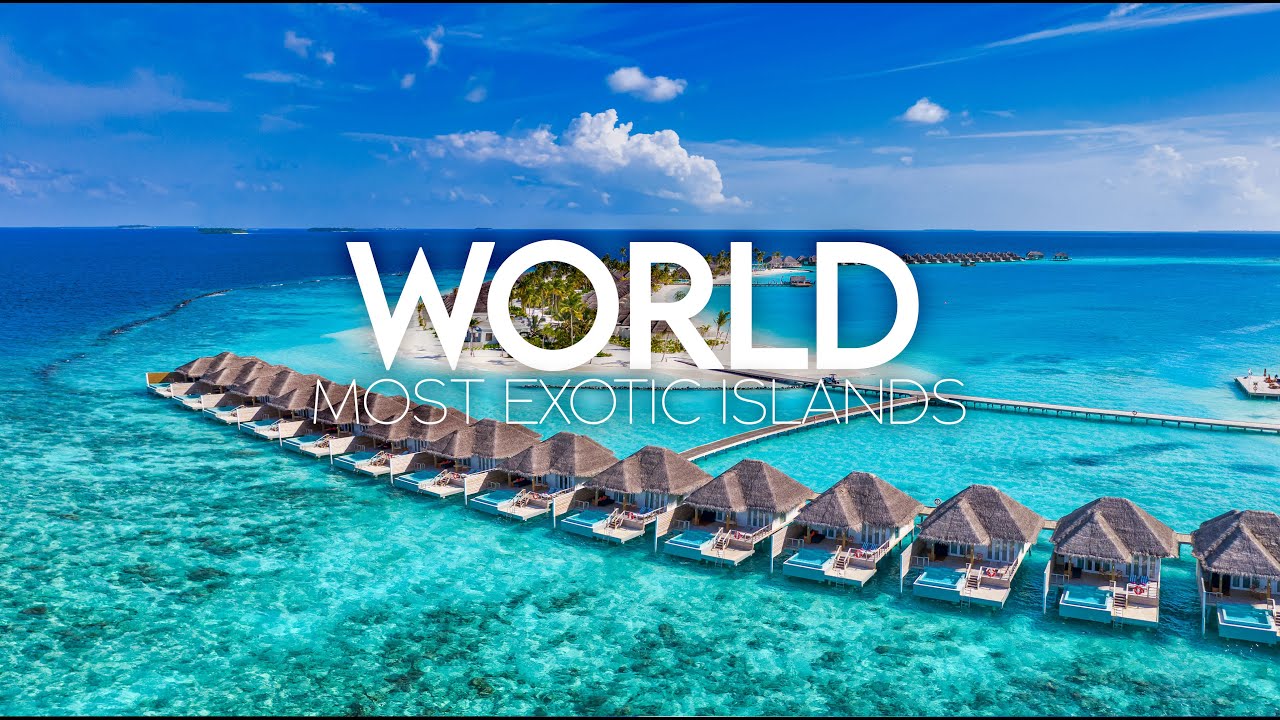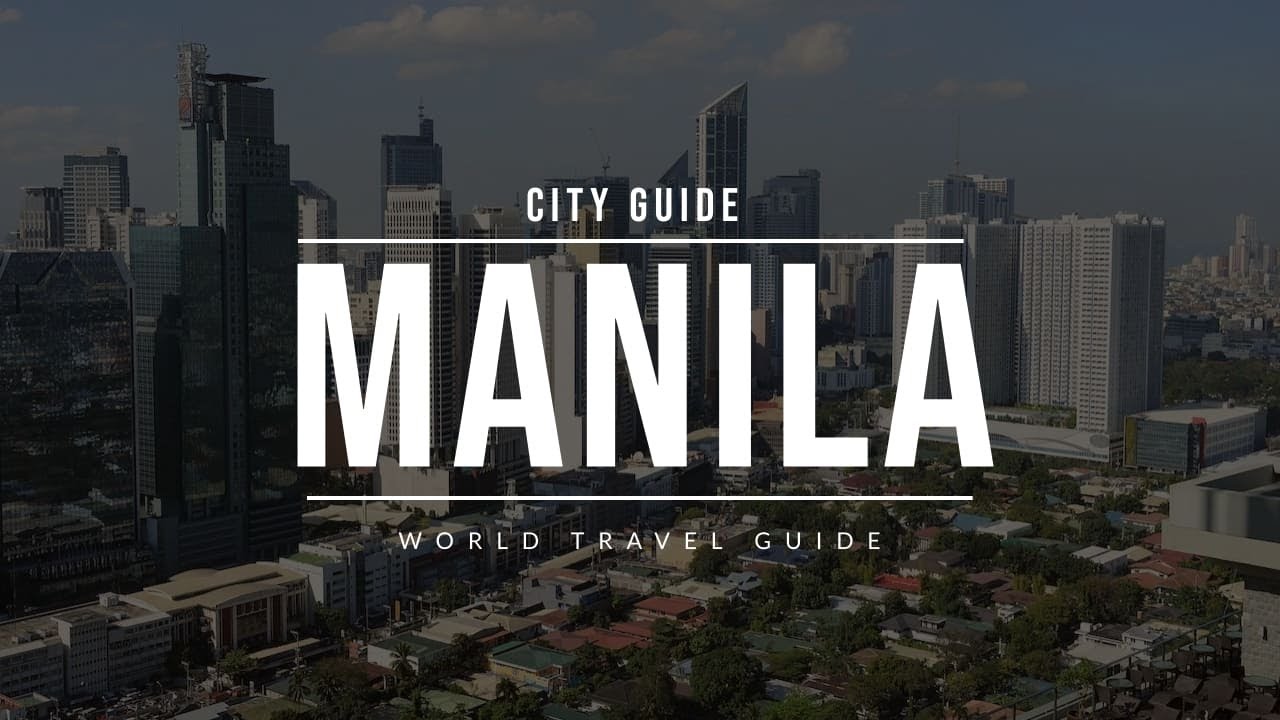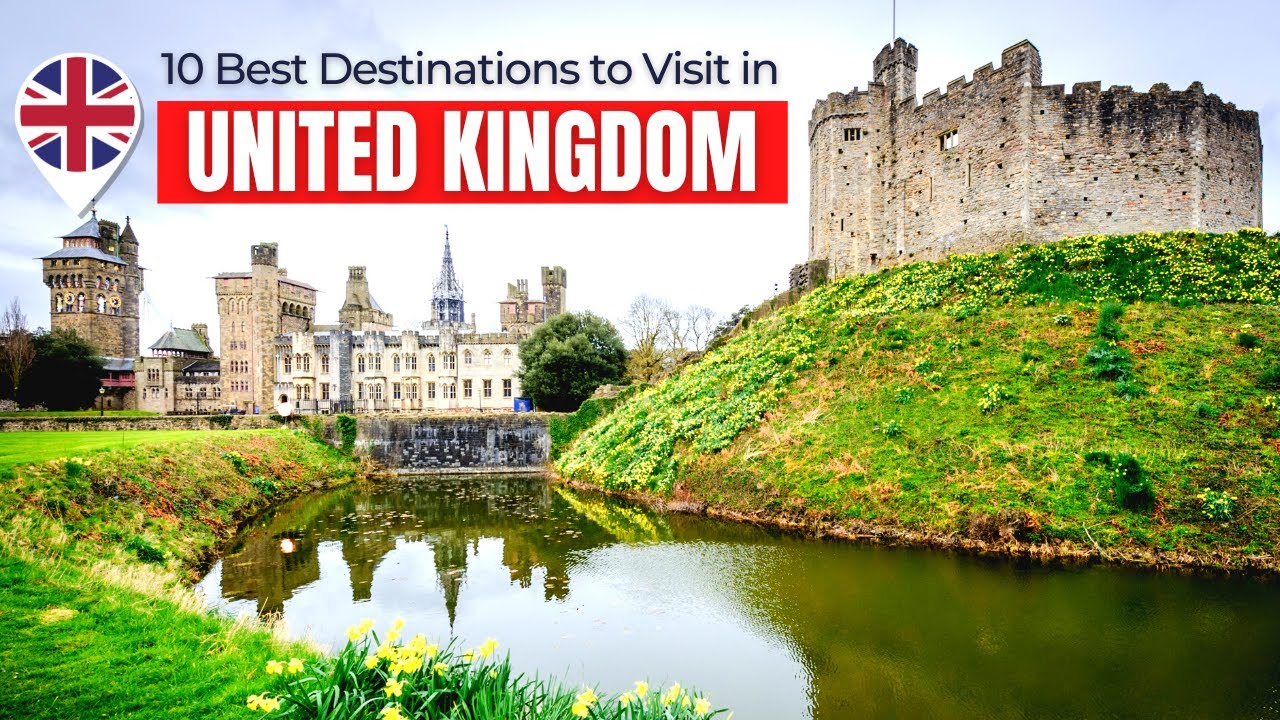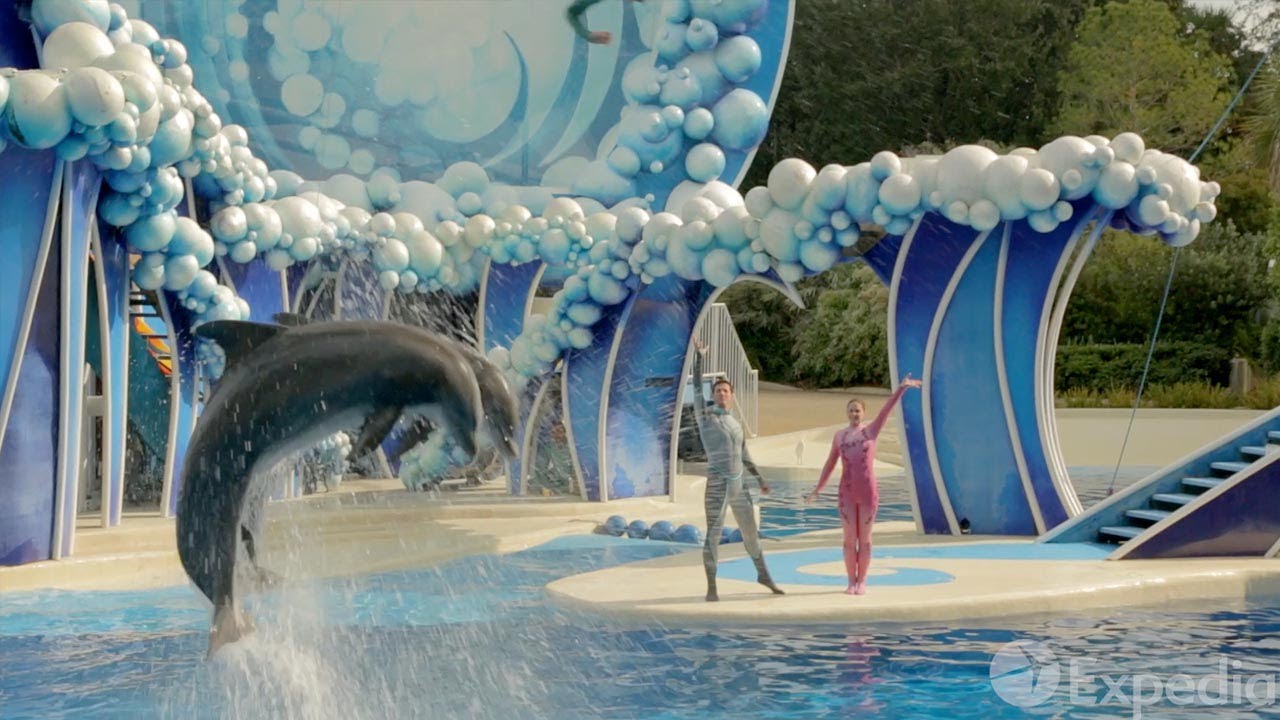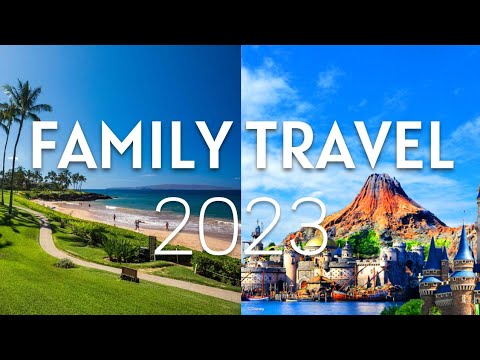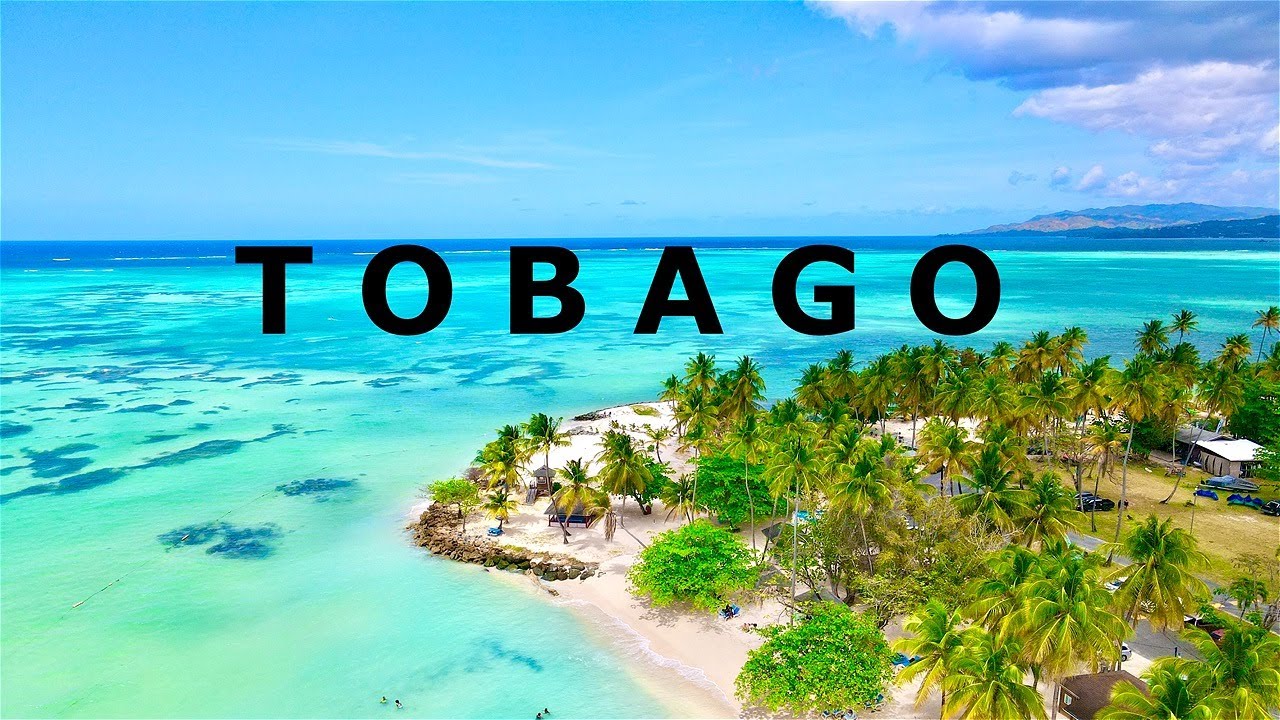Helsinki is the capital and largest city of Finland. Helsinki is located along the Gulf of Finland. Helsinki serves as the administrative …
Welcome back folks for another episode of City Guides! Helsinki, the capital of Finland, is a city where the beauty of the natural surroundings melds with modern technology and trends. Being one of the most peaceful cities in the world, Helsinki is home to some amazing green urban spaces and
Fascinating islands. Now let’s take a closer look and go on a Helsinki sightseeing tour! Helsinki’s neoclassical architecture is best exemplified by the Senate Square and the area around it. Four buildings designed by Carl Ludvig Engel dominate the square. The National Library of Finland, the Government Palace, the University of Helsinki’s main building and
The Helsinki Cathedral are all famous landmarks. In the center of Senate Square is a statue of Alexander II from 1894. Alexander Street is the main street in the center of Helsinki. In 1833 it was named after the Russian Emperor Alexander I. Alexander Street becomes a bustling
Pedestrian street during the weekends. Only trams and emergency cars are permitted onto the street during this period, making the area safe and accessible for the vast crowds. This historic boulevard, which is particularly well-liked in the summer, has also hosted countless election
Campaigns and public concerts. The street is one of Helsinki’s top spots for shopping, tourism and holiday celebrations and is easily accessible by foot and public transportation. Suomenlinna’s fortified islands are an essential part of Helsinki. Although they may
Appear far away at first, they are actually close by and can be reached by a 20-minute ferry ride. The island is dominated by the fortification of Sveborg, which is translated as the Swedish Castle. To prevent Russian access to the Baltic, it was built in the middle of the
18th century. It was captured by the Russians in the Swedish Russian war of 1808, and they later strengthened and expanded it. It was taken over by the Finns in 1918 and they gave it the name Suomenlinna or the Finnish Castle. It was turned over by the military to
Civilian authorities in the 1950s and since then it has been renovated and transformed for cultural and recreational purposes. It is a museum, park and arts facility, that is now listed among UNESCO’s World Heritage Monuments. The region is excessive for the most of the
Year, although hours and ferry access may change, so check the internet for up-to-date details. The Uspenski Cathedral is one of the most impressive structures that dominate the skyline above Helsinki’s port. It was designed by the russian architect Aleksey Gornostayev in the
19th century. This magnificent brick structure is recognizable for its numerous towers and spires, which are crowned by 13 golden cupolas. This Orthodox church’s interior is similarly remarkable, with numerous altars, icons and crosses scattered throughout. The elaborate patterns on its arches contrast with the block marble interior and a heavy use of gold ornamentation.
Eliel Saarinen created Helsinki’s strikingly original Art Nouveau railway station, which is particularly noteworthy for American tourists, because Saarinen’s 48-meter-tall clock tower was the first of several designs that ultimately led to the creation of the Chicago Tribune Tower in 1922, the country’s first skyscraper. The station’s facade is composed of local
Granite and it has a huge archway over the entrance, that is surrounded on either side by two enormous statues. Each figure is holding a globe that shines light on the building’s facade at night, creating a stunning landmark. Visitors will find remarkably exquisite carved
Panels decorating the walls inside, as well as soaring arched passageways. In 1971 Alvar Aalto created the Finlandia Hall, which is a famous performance and convention center. It has a white Carrara marble facade. Marble was also used for the interior of the building. Details were made
Of ceramics and hardwoods. The main performance hall has a beautiful location, and is renowned for its acoustics. The broad Venetian staircase, that connects the ground floor to the chamber music hall and large auditorium, is another noteworthy feature. The new Finnish National Opera House of
Helsinki, which opened in November 1993, is located beyond a lovely park to the north of the hall. The Helsinki Olympic stadium is located to the north of Finlandia Hall. It was constructed in 1938 and has a 72 meter high tower, with a stunning perspective of the city. The
Summer Olympics were given to Finland before World War II. The Olympics, which were postponed due to the fighting, were finally staged in Helsinki in 1952. The Finnish Sport Museum is located inside the stadium, and a statue of the legendary Finnish Olympic runner Paavo
Nurmi stands in front of the museum’s entrance. The swimming stadium is to the east, while the ice stadium is to the north. The Municipal Park, a sea of blooms in the summer and the ideal location for a picnic, is located in front of the swimming stadium.
In the summer, the swimming stadium welcomes guests and offers first-rate facilities. The Korkeasaari Zoo, one of the oldest in the world and renowned for its remarkable breeding programs for endangered species, was established in the 1880s. They have had particular success producing
Big cats like the Siberian tigers as well as snow leopards. The surroundings, like those in any good zoo, have been created to be as similar to natural ecosystems as possible, and nearly 1000 plant species flourish here to replicate the natural habitats of the 150 various animal
Species. The zoo is open all year and going to the tropical houses in the winter is one of the most popular things to do in Helsinki. From May until the end of September, you can use a ferry
To reach the zoo, which is located on an island. You can travel here by bus the remainder of the year. One of the most well-known outdoor markets in northern Europe is the Helsinki Market Square, which is the major paved square in the heart of Helsinki. It is surrounded by
Vendors selling Finnish cuisine, flowers and tourist goods, and borders the Baltic Sea at the eastern end of the Esplanadi. Even fishing boats lined up in the water frequently provide fresh seafood for sale. Market stalls are covered by tents in the winter and there is
A year-round market hall with more sellers. However, visitors should watch their food carefully, as the market’s big and opportunistic seagulls will snatch it from unaware customers. Helsinki’s Rock Church is located in the Hietaniemi region to the north. The church’s
Underground interior, created by Timo and Tuomo Suomalainen in the late 1960s, was physically carved out of and erected into the old solid rock of the Helsinki peninsula. The glass dome allows beautiful natural light to flood the inside of the cathedral. It has a shallow circular copper and glass dome,
That is 13 meters high and supported by concrete ribs. The church’s outstanding acoustics, produced by the interior’s rough, unfinished rock surfaces, allow it to serve as a concert venue. There are guided tours offered, and if you go in the summer, be sure to stop by the on-site cafe for a distinctive
Dining experience. It is odd that the structure regarded as one of Finland’s icons of modern architecture, was created by the American architect Stephen Holl, in a country known for its avant-garde national architects. The curved facade continues inside, creating exhibit areas that are
Especially suitable for showcasing modern art. The museum houses exhibits of finish art created after 1960, as well as a theater for experimental music, dance and theater. Also on the property are a cafe and a store. A public or private guided tour of the museum is another option for visitors, and
These tours contain details about the artwork, the artists and the structure of the museum. If you loved this video, hit the like button and subscribe. You can also check out other travel-related videos and playlists on this channel.
source

